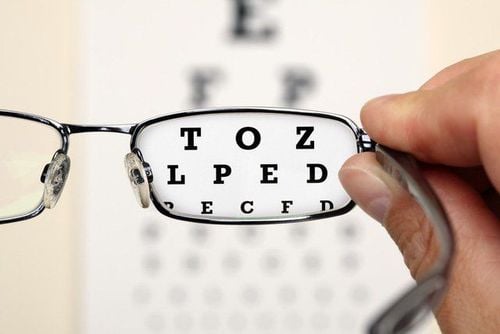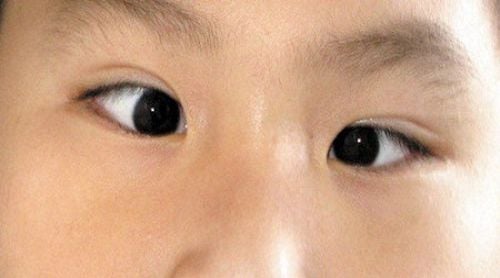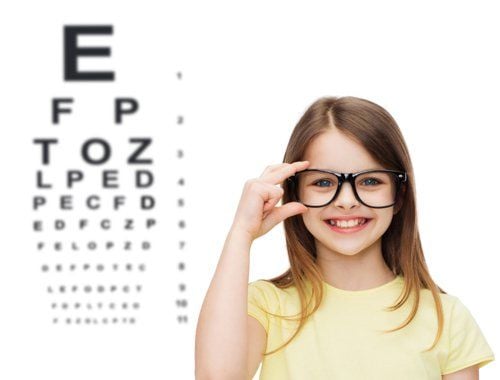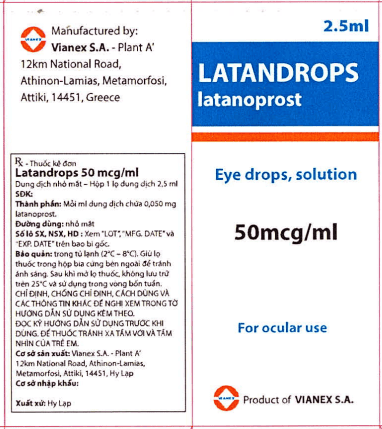This is an automatically translated article.
The article was professionally consulted by Specialist Doctor II Nguyen Thai Hung - Department of Medical Examination & Internal Medicine - Vinmec Danang International Hospital. Specialist II Nguyen Thai Hung has 13 years of experience as a doctor treating eye diseases.Presbyopia is a part of human aging and often causes a lot of trouble for patients. One day when you yourself or a family member need to hold a book or newspaper away from your eyes to see the words clearly, or often confuse numbers, presbyopia may have "visited". . So what is presbyopia and how to fix it?
1. What is presbyopia?
Presbyopia is an eye defect that causes visual impairment, manifested in difficulty seeing close to a distance of 30-35cm. Presbyopia is physiological due to old age.2. Causes of Presbyopia
Normally, a sphincter around the lens can contract to change the curvature of the lens and correct near or far vision. But with presbyopia, the muscle remains normal, but the lens becomes more rigid and difficult to change shape. As a result, the image falls behind the macula in the retina, so near vision is blurred.3. Common objects of presbyopia
Presbyopia happens to everyone sooner or later, but is usually noticeable around the age of 40. The disease does not discriminate between male and female sexes. Unlike other eye defects such as farsightedness, nearsightedness or astigmatism, presbyopia is an inevitable problem, predicted to affect 1.4 billion people by 2020.
4. Risk factors for increasing the likelihood of presbyopia
There are many factors that increase the risk of developing this condition such as:Age: Age is the biggest risk factor for presbyopia. Most people experience some degree of presbyopia after the age of 40; Comorbidities: Frequent eye pain or diabetes, cardiovascular disease can increase the risk of early presbyopia, which is presbyopia in people under the age of 40; Medications: Certain medications have been linked to early menopause symptoms, including antidepressants, antihistamines, and diuretics, which may increase your risk.
5. What are the common symptoms of the disease?
Difficulty reading handwriting or print that is too small; Cannot see words clearly at close range; Difficulty seeing nearby objects; Eye strain or headache after reading books; Feeling of eye strain when focusing intensely on words or objects; Need brighter lights for readability; Frequent squinting.6. Treatment of presbyopia
6.1. Using presbyopia glasses If the patient has good vision before presbyopia, the patient only needs to wear presbyopia glasses to improve the symptoms of blurred vision. The most popular types of presbyopia glasses today include:Bifocals: there are 2 types, one with visible horizontal lines and one without lines (improved bifocals). Improved bifocals that gradually change from distance vision at eye level to near vision used for reading located at the base of the lens; Trifocals: These are useful when the patient has lost most of the ability to focus. Patients will have corrections to see near, see at a distance, and see far in one lens; Mono contact lenses: With mono contact lenses, the patient wears corrective lenses for distance vision in the dominant eye and corrective lenses for near vision in the non-dominant eye. Eyes used for near vision will be slightly dazzled at distance, but most people can adapt; Bifocal contact lenses: If patients experience blurred near or distant vision when wearing mono contact lenses, bifocal contact lenses may be an appropriate option; Improved mono glasses: With this type of presbyopia, the patient wears a bifocal contact lens in the non-dominant eye and a contact lens for distance vision in the dominant eye. In this case, the patient will use both eyes for distance reading and only one eye for near reading. 6.2. Surgery Intraocular lens surgery: Phaco surgery to remove the lens, insert multifocal intraocular lenses to help patients achieve good vision at all distances; Near Vision CK surgery: By shaping the cornea, performed on only one patient's eye to correct the condition of monovision (1 eye for distance, 1 eye for near vision). Many studies have shown that NearVisionCK will effectively treat presbyopia, but only temporarily and the effectiveness will decrease over time; PresbyLASIK surgery: A new method to correct presbyopia that has been clinically tested in the US. This method uses the Excimer laser to create multifocal rings directly on the surface of the cornea, allowing the eye to see clearly at all distances.
7. How to prevent presbyopia?

8. Where is the prestigious presbyopia examination?
Patients with signs of presbyopia should choose to be examined at reputable hospitals with high medical expertise and full modern medical equipment for quick and accurate examination results. The Eye Department of Vinmec International General Hospital is one of the leading medical facilities with comprehensive quality in both expertise and medical services that patients should choose.The team of Ophthalmologists - Vinmec International General Hospital are all experienced experts who have implemented many types of surgery from routine to difficult surgery, especially demanding techniques. aesthetics.
Please dial HOTLINE for more information or register for an appointment HERE. Download MyVinmec app to make appointments faster and to manage your bookings easily.














